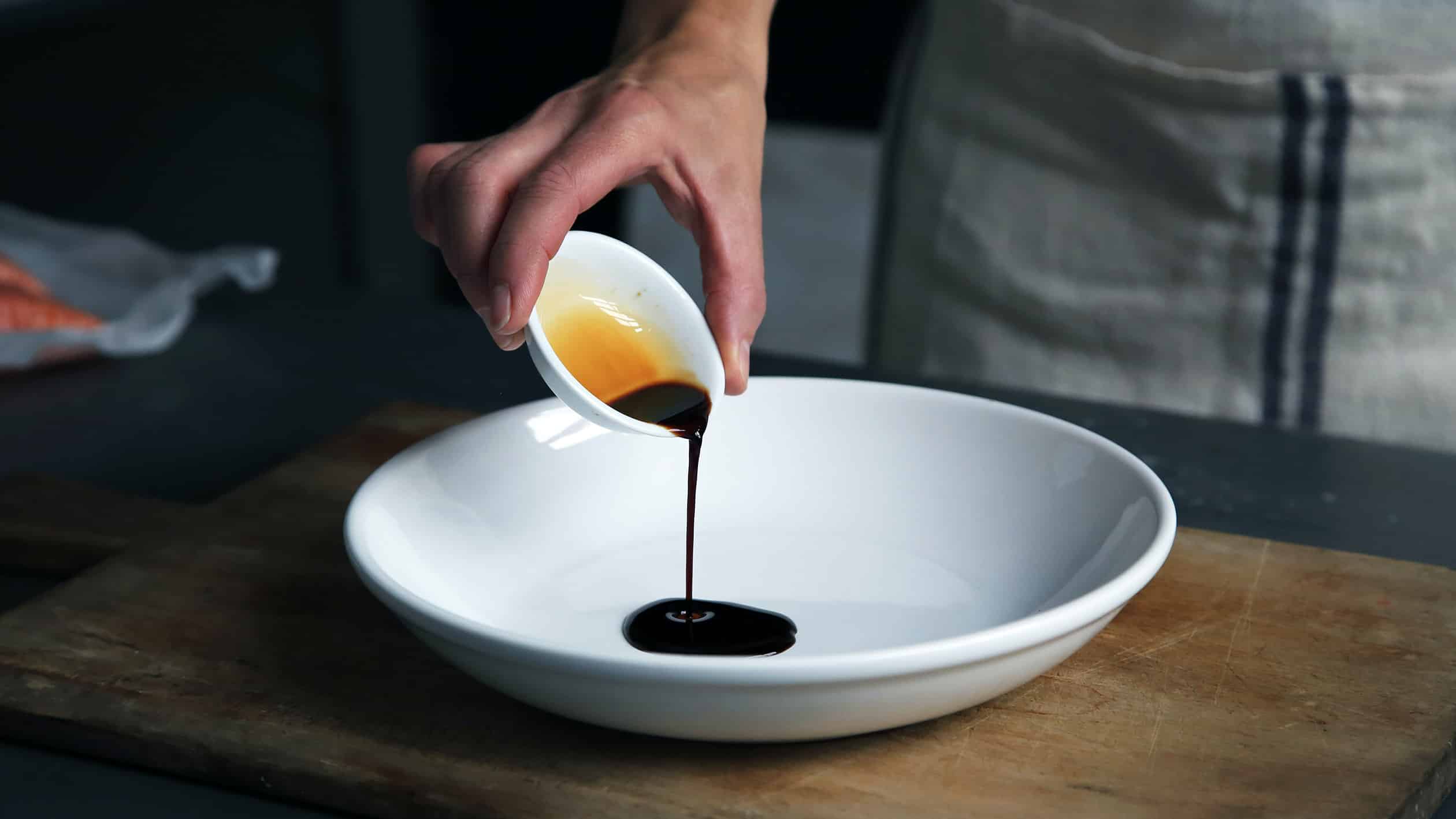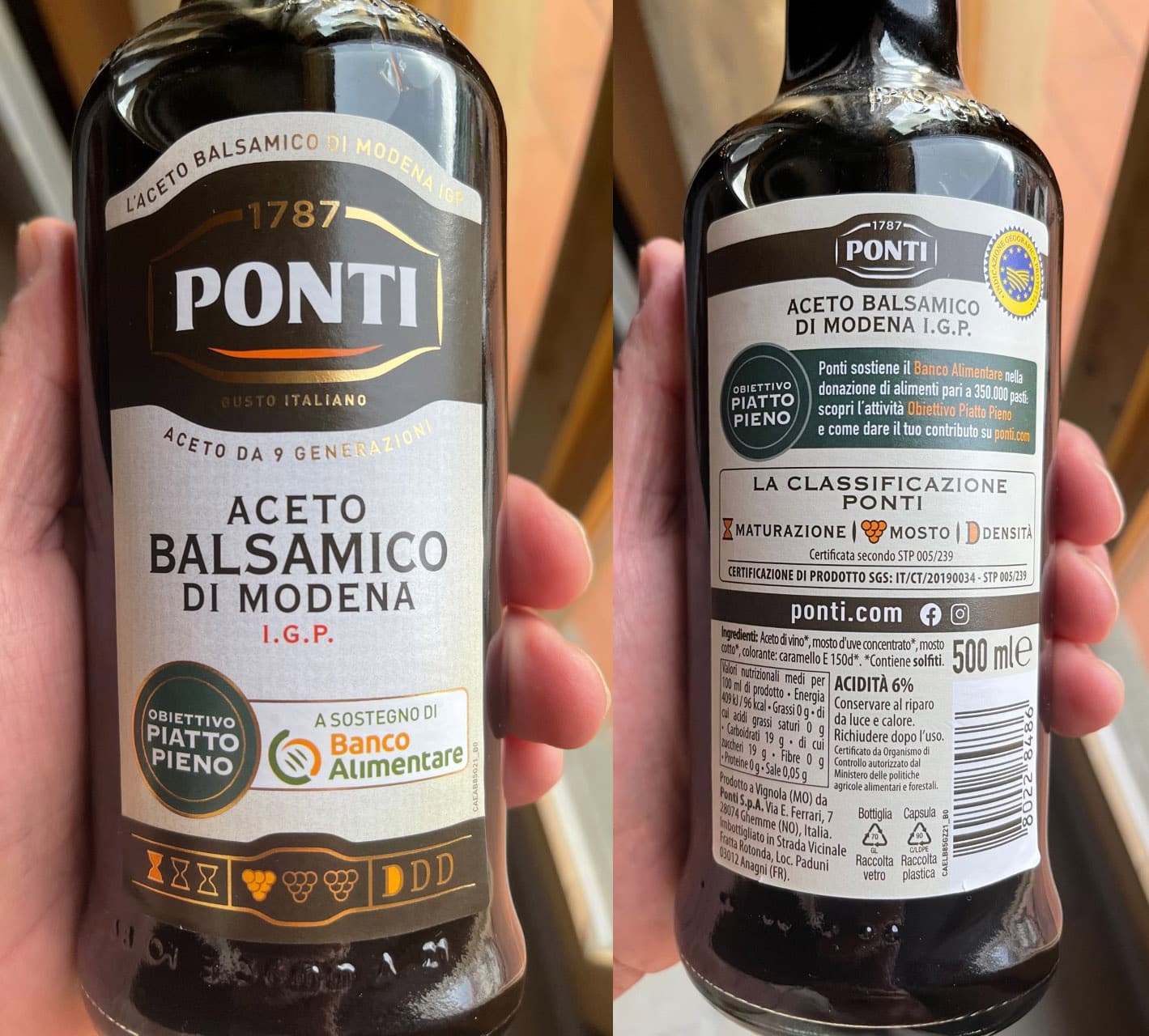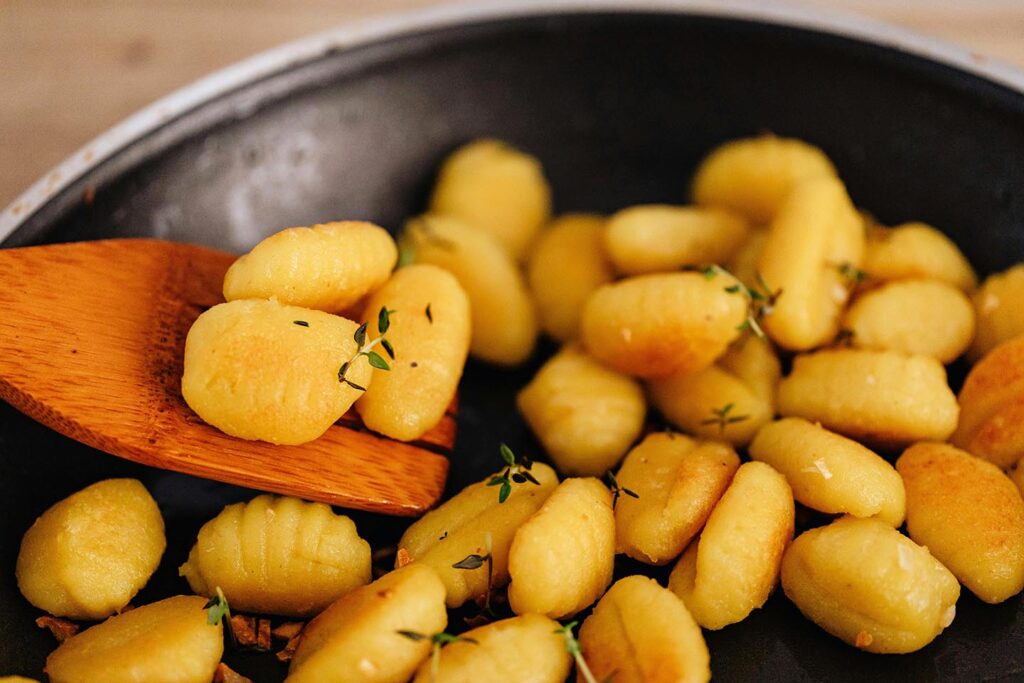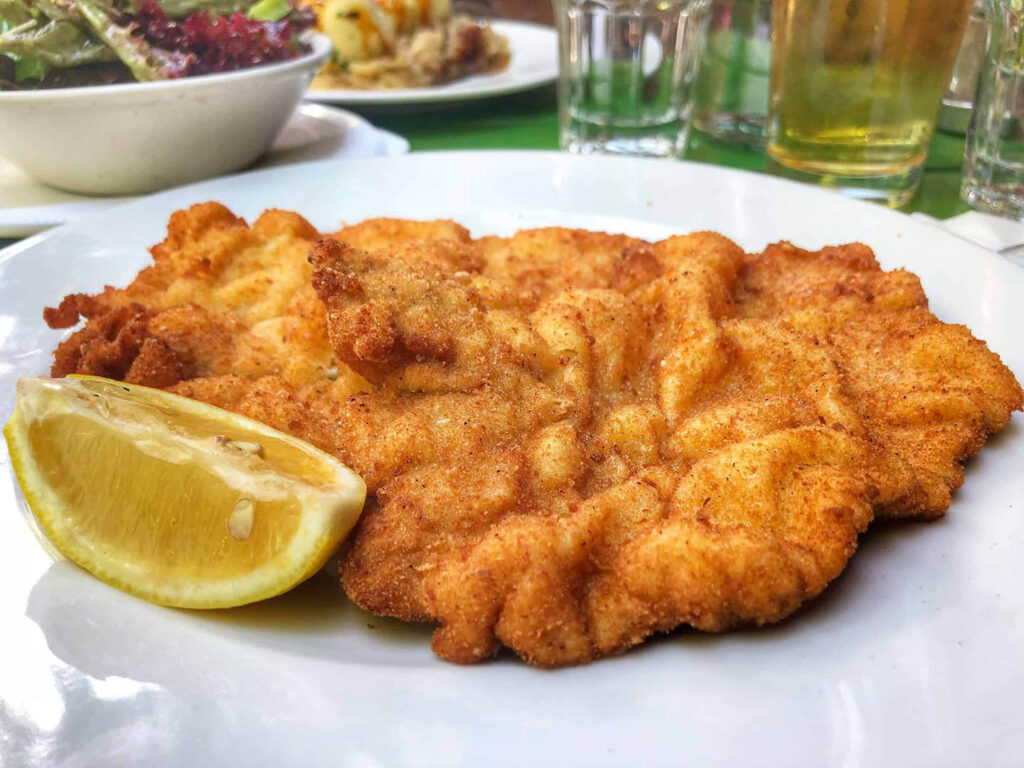Balsamic vinegar is a dark, slightly sweet, richly flavored vinegar used to enhance a wide variety of dishes.
How is balsamic vinegar made?
Balsamic vinegar is a staple in a lot of kitchens and can be found in just about any grocery store you walk into. You will also find it in a wide range of prices – anywhere from $200.00 an ounce to $4.00 for a full 16-ounce bottle. Why?
Traditional Balsamic Vinegar
Traditional balsamic vinegar comes only from two places in Italy (Modena and Reggio Emilia) and is a product of grape must (or mosto in Italian), which the juice of freshly pressed grapes. Crafting this type of balsamic is heavily regulated and overseen from beginning to end by a special certification agency. Authentic traditional balsamic is indicated on the label with the acronym DOP, which stands for Denominazione di Origine Protetta. It is a European Union certification guaranteeing the quality, production, and place of origin of the balsamic vinegar. You may also see the acronym IGP on traditional balsamic vinegars indicating the protected geographical location that the vinegar originates from.
It is made by boiling the grape must down to a concentrate, then fermenting, acidifying, and aging it in wooden barrels, typically for 12 years or longer (though you may find younger varieties as well). As the balsamic ages it is moved into successively smaller barrels, each made from different types of wood (ash, cherry, chestnut, juniper, mulberry, and oak). As it ages, it acquires flavors from the wood while its acidity mellows. The wood also helps draw moisture out of the vinegar resulting in its final concentrated dark color and syrupy consistency.
Each aged balsamic is classified by a panel of expert judges who convene just to taste and determine the balsamic’s appropriate grade. The grade or age is indicated by the bottle’s cap color.
- Red = 12-year vintage
- Silver = 15-20 year vintage
- Gold = 20-25 year vintage
Traditional balsamic is truly exceptional, rich and full of complex flavors. This type of balsamic is still made in Italy today in small batches, though you may need to shop at specialty stores to find a bottle, and the product itself will be sweet, mildly acidic, dark, and syrupy with flavor notes of molasses, chocolate, cherry, prune, or figs.
Modern “Balsamic Vinegar”
Modern balsamic vinegar, typically referred to as industrial balsamic, is a combination of concentrated grape must and wine vinegar, usually with a few other additives (like natural caramel for color, sugar, or thickening agents). This is basically “imitation” balsamic vinegar. The addition of the wine vinegar greatly speeds up the acidification process so the “balsamic” only needs to age for a few months in a single oak barrel before being bottled and sold. The mixture and additional additives not only speeds up the process, it also increases the volume of product created in a single batch. This method of creating faux balsamic vinegar also gives the final vinegar a wider range of flavor profiles since the ratio of grape must to wine vinegar varies dramatically – some batches may be more tart while another more sweet, they are also thinner in consistency than traditional balsamic. This is the variety you will most often find in your local grocery store.
So what is the difference?
| Traditional Balsamic Vinegar | Modern “Balsamic Vinegar” |
| -Made in Italy (Modena or Reggio Emilia)
-Very dark in color -Viscous or thick syrup consistency -Sweet yet mild flavor -Zero additives, made from a single ingredient -Full of beneficial vitamins and minerals (enzymes, probiotics, melanoidins, polyphenols, and more) |
-Can be made anywhere
-Color varies -Liquid consistency -Typically tart and tastes like vinegar -Full of additives and artificial ingredients -No vitamins, minerals, probiotics or beneficial enzymes present
|
How do you use it?
Well actually if you have a bottle of traditional balsamic vinegar you don’t want to cook with it. Heat destroys the subtle flavors in the delicious (and pricey) liquid. Instead you want to use it as a drizzle or sprinkle over pork, chicken, or polenta dishes, fresh fruits, or desserts like vanilla ice cream. It is also wonderful to just enjoy as you would a very fine wine – put a few drops of it in your mouth, swirl it around, and experience the depth of flavors, the hints of the different woods, the sourness of the vinegar, etc.
Modern “balsamic vinegar” actually can be cooked and is wonderful to cook down to use as a glaze or a sauce. Toss some veggies it in and pop them in the oven for a delicious and healthy caramelized side dish. It is also meant to be used for salad dressings and vinaigrettes, marinades, drizzles, or finishing sauces.
How do you select the right balsamic vinegar for your needs?
Unfortunately unless you are familiar with the specific brand, you can’t tell from the bottle what you will be getting. Balsamic vinegar, like wine, needs to be explored and tasted to find which one suits your specific palette.
Here are a few helpful tips to help you select a bottle:
- Where does it come from? If the bottle you are looking at is on the pricier side and is clearly labeled with DOP or IGP (or both) and the ingredient list simply states grape must – you have a bottle of traditional balsamic vinegar from Italy. Yum! Enjoy.
- What is in the bottle? Always check the ingredient list; as with most foods, the shorter the list – the better. As stated above, quality traditional balsamic is made from grape must and only grape must. In contrast, modern is made from a percentage of grape must, along with wine vinegar, and potentially a few other ingredients. For modern, also note which ingredient is listed first on the label – if the first ingredient is grape must the balsamic will be more mellow and sweet; if the first ingredient is wine vinegar the balsamic will be more tart.
- What does it look like? Check the viscosity of the balsamic by holding the bottle up to the light and gently tilting the bottle from side to side. Is it a straight liquid or is it syrupy? Higher quality balsamic is thicker and more on the syrupy side, the product should leave a coating around the inside of the bottle as you swirl it.
- How much does it cost? As you can most likely guess aging a product 12 years or more in a variety of natural wood vessels is going to be rather costly since it is labor intensive and time consuming. Thus the higher the price of the bottle typically the better the quality of the balsamic vinegar inside.
Does balsamic vinegar go bad?
Technically any food product CAN go bad but as long as you store your balsamic vinegar with the lid on in a cool, dry place, away from light or heat, it should be good to eat for years to come (if it lasts that long! Mmm…).
A word of caution
Since traditional balsamic vinegar is rather pricey that has led to a large market of fake or knockoff balsamic vinegars. As we went over at the beginning of this article, only balsamic vinegars that come directly from the protected geographic regions of Modena and Reggio Emilia in Italy are true balsamics. If it comes from literally anywhere else it is not “traditional” balsamic. As mentioned above, some of the knockoffs can contain added sugars, artificial ingredients, other additives, chemicals, or preservatives. They may also be much more vinegary or watery and they certainly will never be as sweet or syrupy. Always do your research and know that when it comes to balsamic, you do indeed, get what you pay for.
What is your favorite balsamic vinegar?
What are your favorite ways to use balsamic vinegar?
Let us know in the comments below!






